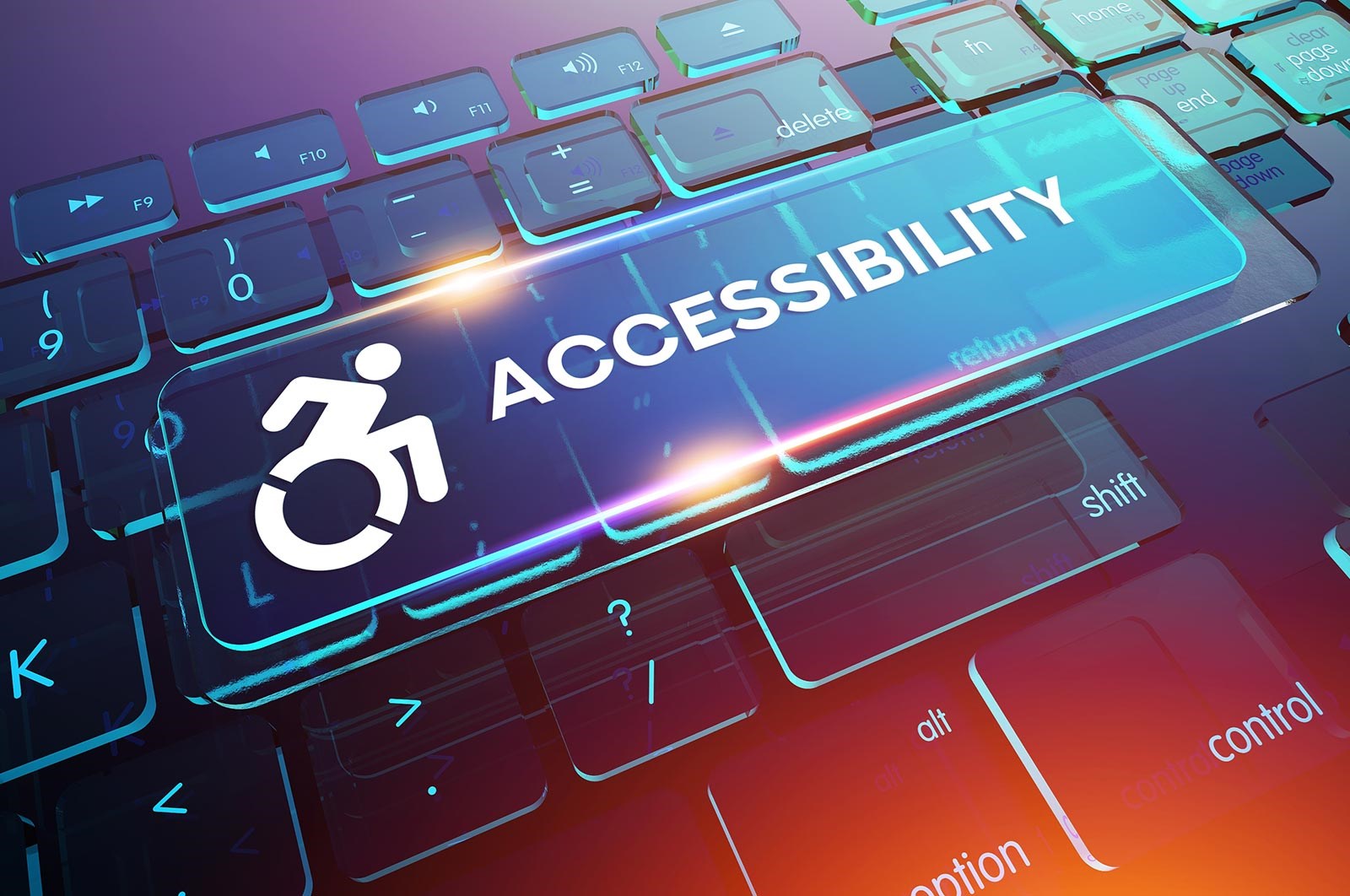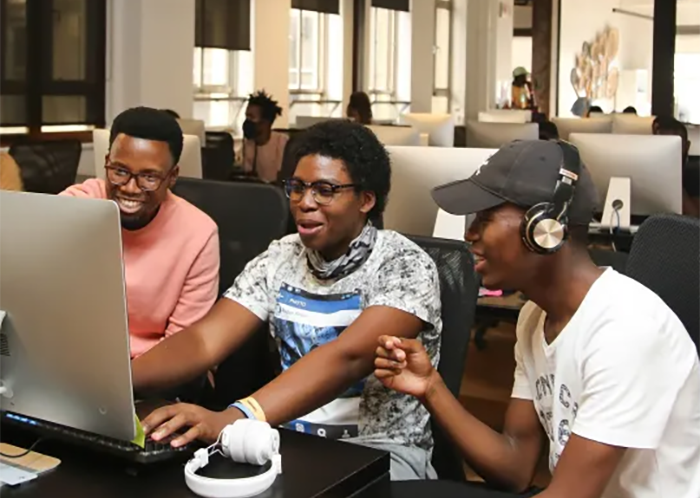Initiating our first internal project at System Verification Germany
In these digital times, it’s all about new technologies, speeding up processes, gathering information easily, and managing our duties as fast as we can in just one click - anytime and everywhere we want. Since usability is stated as crucial for digital success, we are all experiencing its benefits and advantages.

Sounds great, doesn’t it? Well, not to everyone.
Due to disability, a large number of people are excluded from these advantages and thus, are excluded from our new digital society. Web Accessibility is not only necessary for about 30% of the people, but also part of human rights. Therefore, the EU enacted accessibility regulations: the EN 301459 including the Web Content Accessibility Guideline, which precisely states how to meet compliance with these regulations. The German government integrated this regulation and added 38 issues to the existing 60 WCAG guidelines in the BITV. Since these 98 aspects mentioned, cover a wide range of topics and we as a QA Company are driven by continuously improving software and expanding our knowledge, we decided to take the BITV test ourselves.
Starting up our internal project team
A few months ago, we launched a Web Accessibility Test Project in our German Team, in which 5 of our Software QA Specialists tested our internal web application. This application was developed by a group of our colleagues to simplify the work of our sales department. The perfect test object.
As the team members are located across all our German offices, we have collaborated virtually on this project. In order to simulate an official BITV test assignment, the project was organized by SCRUM methodology, using Jira and Confluence for Test Management. For test case development and design, test execution, and reporting, we decided to work with Zephyr. For the project kick-off, our Product Owner gave us a crash course on the purpose and regulations of Web Accessibility.
Requirements analysis and test environment
The first task to elaborate on in our project was to analyse the requirements. After analysing the structure of the application and dividing our test object into 6 separate components, we carefully examined all 98 BITV test steps. By comparing the success criteria of the test steps and assessing each guideline with our 6 separate test components, we defined which of these tests were applicable to which of the components. Further, we decided what test tools are required to actually perform the testing. To set up all test cases in Zephyr, we have used the official test steps recommended in BITV including what specific tools to use e.g., NVDA screen reader, WCAG Colour Contrast checker, and several bookmarklets. In order to correctly execute the selected tests, we decided to work with and try out each tool or bookmarklet. This helped us to detect functions, and define the scope of the project as well as the ways of operating.
Kicking off the test process – our favourite part as QA Engineers
Finally, we were ready to officially start our testing process! Considering different QA expertise in our team, each member executed a part of the test cases. Through sharing our experiences and discoveries as well as supporting each other, we did not only complete all tests but also, we have learned many aspects of Web Accessibility and its technical requirements.
Besides the knowledge about the technical composition of the test object, experience in manual testing (especially GUI and Black-box testing), and in several programming languages, profound know-how in requirement analysis was key to performing WCAG testing.
A great way to start testing was by using the WAVE evaluation tool as it precisely visualises where and how the application fails in complying with the WCAG requirements. During our test execution, we also analysed the basic principles for accessible web development. A clearly structured source code, including ARIA labels, attributes, and correct syntax complemented with stylesheets and field sets is highly important for developing an accessible application from scratch.
Sharing our knowledge with others
While analyzing our test results, we also discussed the technical procedure and the discoveries we made during this project. In an internal and hybrid webinar, the project team introduced our colleagues from Germany to the important topic of web accessibility. We shared the knowledge we gained from our requirements analysis and test execution. More important, we forwarded our test results, and we are planning to continuously improve our internal web application. Furthermore, we are aiming to share these experiences with all our colleagues at the System Verification family and hope we can contribute to increasing the awareness of web accessibility for a wide range of software users.
Besides that, we saw opportunities for us as a company working in the software sector and specifically for software quality assurance. Although the demand for professionals working with web accessibility is increasing rapidly due to EU regulations, the number of experts and consultancy offers is still low. Therefore, increasing professional accessibility skills and scaling up QA services in these specific assessments is a favourable opportunity to expand the business.
This way, we are continuously improving digital life for everyone!
.png?width=1912&height=1049&name=Screenshot%20(41).png)






